How to Avoid Home Water Damage: A San Antonio Homeowner’s Guide
Water damage is a concern for homeowners in San Antonio, but with the right knowledge and precautions, it can often be prevented. This guide provides you with practical steps and maintenance tips to safeguard your home from potential water hazards. From understanding common risks to implementing proactive measures, learn how to keep your home dry and secure all year round.
Understanding the Risks of Water Damage in Your Home
Water damage in your San Antonio home can be more than just a temporary inconvenience—it can have long-term implications on the integrity and safety of your living space. Understanding the risks associated with water damage is crucial for every homeowner. Here, we’ll explore the common causes and consequences of water damage, arming you with the knowledge you need to protect your home. Discover more about how we address these issues with our water damage restoration services.
Common Causes of Water Damage in San Antonio Homes
- 1. Weather-Related Incidents: San Antonio is no stranger to heavy rains and occasional flooding. These weather events can lead to water seeping into your home, especially if there are pre-existing vulnerabilities in the structure.
- 2. Plumbing Issues: From leaking pipes to malfunctioning appliances like washing machines and water heaters, plumbing problems are a leading cause of water damage. A small leak, if unnoticed, can lead to significant problems over time.
- 3. Roof Leaks: Your roof is your home’s first defense against the elements. Damaged shingles, clogged gutters, and poor roof maintenance can allow water to seep into your attic and walls.
- 4. Foundation Cracks: Over time, your home’s foundation may develop cracks, which can become pathways for water to enter, especially during heavy rains.
Potential Consequences of Water Damage
Structural Damage: Continuous water exposure can weaken the structural components of your home, including the foundation, walls, and floors. This can lead to costly repairs and decrease the overall value of your property.
Mold and Mildew Growth: Moist environments are breeding grounds for mold and mildew, which can cause health issues and deteriorate indoor air quality. Learn how to tackle this with our FAQ on water damage.
Electrical Hazards: Water damage can affect your home’s electrical system, posing serious safety risks. It’s essential to have a professional inspect and repair any water-damaged electrical components.
Furniture and Belongings Damage: Water can ruin your furniture, electronics, and personal belongings. Quick action is necessary to salvage what you can and prevent further losses.
Increased Insurance Claims and Costs: Frequent water damage claims can lead to higher home insurance premiums. In some cases, if the damage is due to neglect or lack of maintenance, insurance might not cover the costs.
By understanding these risks, you can take proactive steps to safeguard your home against water damage. Regular inspections, maintenance, and timely repairs are critical in mitigating these risks, ensuring that your home remains a safe and comfortable haven for you and your family.
Proactive Measures to Prevent Water Damage
Taking proactive steps to prevent water damage is essential for homeowners, especially in a city like San Antonio, where weather can be unpredictable. Here are practical measures to safeguard your home against potential water damage:
1. Regular Plumbing Inspections and Maintenance:
- Routine Check-ups: Regularly inspect your home’s plumbing system for signs of leaks, corrosion, or damage. Pay special attention to pipes, faucets, and the areas under sinks.
- Address Leaks Promptly: Even a small drip can lead to significant water damage over time. Fixing leaks immediately can prevent further damage and save on water bills.
2. Landscaping and Drainage Solutions:
- Proper Yard Sloping: Ensure your yard slopes away from your home’s foundation to prevent water pooling and seepage.
- Install Drainage Systems: Consider installing French drains or other drainage solutions to redirect water away from your home, especially in areas prone to standing water.
3. Roof Inspections and Gutter Maintenance:
- Regular Roof Check-ups: Inspect your roof periodically for damaged or missing shingles and potential leak points. Repair any issues immediately.
- Keep Gutters Clean: Clean your gutters and downspouts regularly to ensure proper water flow away from your home. Blocked gutters can lead to water overflow, affecting your roof and walls.
4. Waterproofing Your Home:
- Basement Waterproofing: If your home has a basement, consider waterproofing measures like sealing cracks and installing sump pumps to prevent water intrusion.
- Use of Waterproof Sealants: Apply waterproof sealants around windows and doors, and on the roof and walls to create an additional barrier against water.
5. Regularly Inspect Appliances:
- Appliances Maintenance: Regularly inspect appliances like washing machines, dishwashers, and water heaters for signs of leaks or wear and tear.
- Upgrade Hoses: Replace rubber hoses with more durable steel-braided options to reduce the risk of leaks and bursts.
6. Smart Home Water Sensors:
- Install Water Detectors: Use smart water sensors near potential leak points. These devices can alert you to the presence of water, allowing for quick action.
7. Know Your Water Main:
- Locate and Learn: Familiarize yourself with the location of your water main. In case of a major leak, knowing how to quickly turn off your home’s water supply can minimize damage.
By implementing these measures, you can significantly reduce the risk of water damage in your home. Prevention is key, and a little effort can go a long way in keeping your home safe and dry. Remember, it’s always better to be proactive than reactive when it comes to protecting your home from water damage. For further assistance, contact us today.



